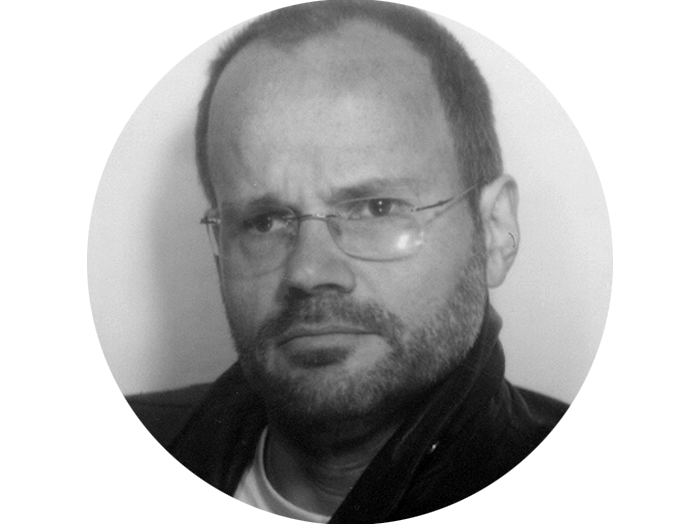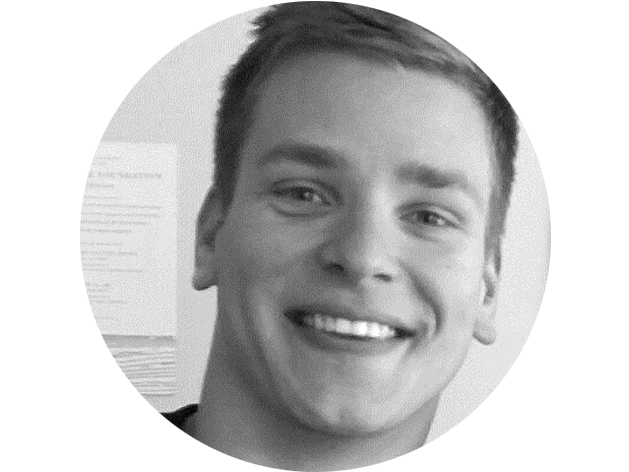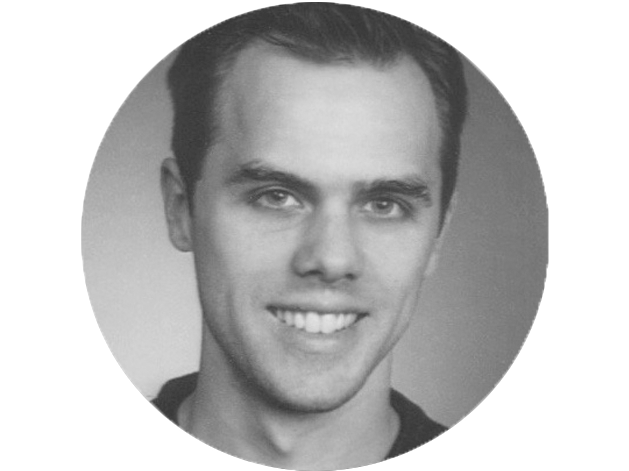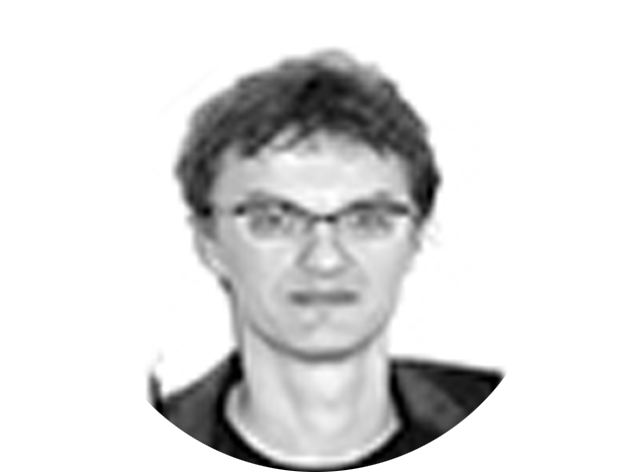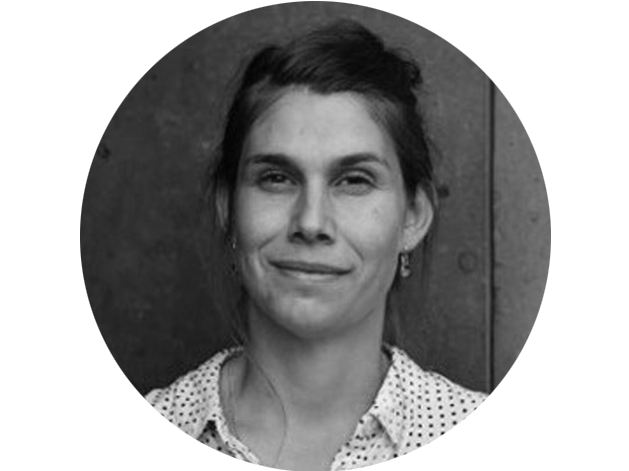PhD Projects
Klaas Dierks
On the History of the Photobooth in Germany (since 2010)
The history of the photobooth goes back over more than one hundred years, and is deeply rooted in Germany. In my research project, I examine the photobooth from historical and aesthetic perspectives with a special focus on its artefacts, the photobooth photos, as objects and their different functions.
Klaas Dierks does his PhD at HfbK Hamburg.
Tobias Dietrich
Aesthetic Dimensions of Mental Illness (since 2015)
Numerous films manage strikingly and significantly to shape the everyday image of Mental Illness, developing complex means of expression to depict Mental Illness which extend beyond valid scientific terms (such as ICD-10 or DSM). Simultaneously, they reflect on scientific imprints of Mental Illness and open up new findings for Public Health matters. However, cinema’s influence on the understanding and definition of Mental Illness has not yet been subject of film studies. Based on this research gap, the dissertation project will carve out films’ specific efforts to mediate Mental Illness critically, analyzing a selected corpus of contemporary auteur films trying to establish how knowledge about Mental Illness can be conveyed and dealt with.
Tobias Dietrich received a grant from the German Academic Scholarship Foundation.
Florian Flömer
Masks, Ghosts, Spheres. The Construction and Appearance of the Third in the Collages of John Stezaker (since 2016)
The collages of John Stezaker combine outmoded filmstills, postcards and publicity shots of actors long forgotten. Relating to both Surrealism and Dadaism, the collages reflect upon contemporary concepts of appropriating images from the media as well. In different series Stezaker manages to disturb the coherent experience of the image as a whole by cutting up and overlaying images from different sources. The combination of two images creates a third one that resides in the space between. It was Roland Barthes who examined the third sense in some Eisenstein filmstills as a mode of the image between movement and standstill, that becomes visible when the floating image of the film gets interrupted and lays open its photographic origin. Nevertheless is the third a term that undermines every binary opposition and opens up long established structures in theory as in perception.
Angela Rabing
Digital aesthetics of filmic realism (since 2017)
Filmic realism cannot be separated from digitization of film. Digitization represents a transformation of film and cinema that affects the technical, economic, and aesthetic aspects of the medium. The doctoral project deals with filmic realism in contemporary feature films and documentaries under the terms of digitization. The focus is on films that explicitly use digital media in their production, such as films that use smartphones as cameras, YouTube videos as source material or the desktop itself instead of an external camera. By using these digital media, a distinctive digital aesthetic is created that is discussed in terms of filmic realism and the effects of realism that result from using these media are described accordingly.
Jula Schürmann
Film Experience between Cinema and Museum. The self-reflexive Aesthetics in the Films of John Smith. (since 2017)
Recent years have seen an growing presence of films in art contexts like galleries and museums. The British artist-filmmaker John Smith is one of the important European figures in the field of experimental film and audio-visual art. In my monographic dissertation project I will examine and analyse his artistic work systematically. An important focus will be the analysis of his film aesthetics that conceives film consistently as a medial construction by using various strategies of filmic self-reflexion.
Jula Schürmann is lecturer for artistic media practice with a focus on film and photography.
Sabrina Werner
The Hamburg studio of G. Koppmann & Co. (1865-1915). Photographs between Inclination to Modernization and Monument Conservation (since 2014)
From 1865 to 1915 the G. Koppmann & Co. studio took photos on behalf of the Free and Hanseatic City. They captured images of the urban transformation between the construction of Hamburg's freeport, demolition of the Gängeviertel (urban slums) and the technical modernization of the urban infrastructure. For the first time this huge and unique photo archive will be systematically analyzed and contextualized from a cultural-historical perspective.
Sabrina Werner is cultural and art historian and works at the German Lost Art Foundation.
Bettina Henzler
Film Aesthetic and Education. On Alain Bergala's Cinephile Approach: Contexts, Theory, and Practice (2006–2010)
Published at Schüren, Marburg 2013
Bettina Henzler is postdoctoral research fellow at the University of Bremen.
Publication:
Filmästhetik und Vermittlung
Alexander Press
Structure and Function of Comics from the Perspective of Aesthetics. Intermedial image structures, sense of style, imagination. (since 2010-2018)
Apart from media- and literary studies there are ways of establishing meaning in the comics that can be analyzed especially with methods of image studies. The answer to the question of what exactly is a comci rests a multidisciplinary project. The dissertation is part of the answer.
Publication:
Die Bilder des Comics
Sebastian Schädler
When Derrida meets Snow White ... Film Pedagogics and [Deconstruction] of Gender Stereotypes (2003–2007)
Published at kopaed verlag, Munich 2008
From 2003 to 2008, Sebastian Schädler was research assistant at the University of Bremen. Since 2008 he is Professor at the Evangelische Hochschule Berlin.
Publication:
Wenn Derrida Schneewittchen trifft...
Review
Wenke Wegner
Berlin School. Film Practice Between Realism and Film Education (2007–2011)
Wenke Wegner held a scholarship of the Heinrich-Böll-Stiftung.
Publication:
Kino, Sprache, Tanz


